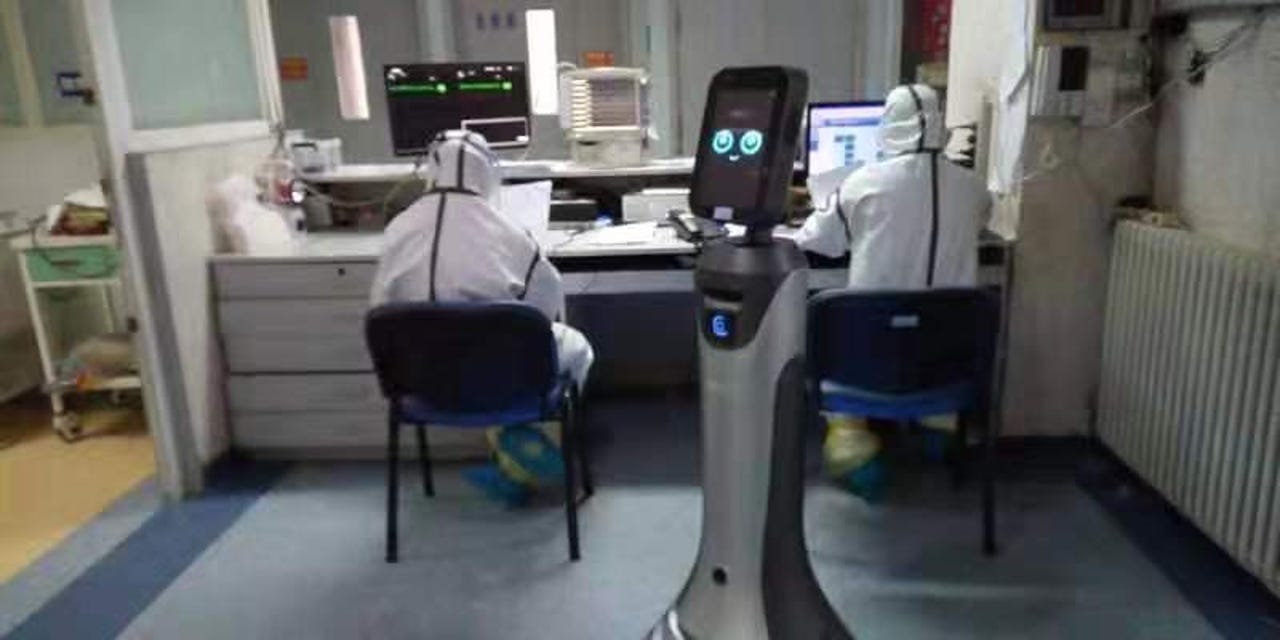Medical robots pick up the slack in overloaded hospitals


Medical robots can help reduce workload in hospitals. During outbreaks of illness, freeing up medical staff has the potential to save patient lives and keep health workers safe.
In one such example, a Cheetah Mobile-backed robotics company, Orion Star, has deployed robots in China that can help guide preliminary diagnosis and treatment, primary disclosure of medical information, and fixed-point delivery of medical supplies in hospitals. The robots, donated by Cheetah Mobile, have been deployed in Chinese hospitals, including Peking University Shougang Hospital, Beijing Haidian Hospital, Wuhan Vulcan Mountain Hospital, and Zhengzhou's Xiaotangshan Hospital.
Orion Star's epidemic prevention and control program, powered by robots, aims to reduce the workload of medical staff and reduce the risk of infection by using robots to undertake a large number of simple but labor-intensive processing tasks such as pre-diagnosis, house inspection, and delivery. Following human instructions, the robots are designed to collect, store, and transmit data, photos, and videos concerning health barometers, including body temperature measurements. Medical staff can now use robots to communicate and perform routine examinations remotely, saving time and potentially keeping health workers out of harms' way.
"Since the outbreak of COVID-19, we have launched the anti-epidemic products in hospitals in the hope that they can alleviate the tension resulted from insufficient medical personnel as well as cross infections," Fu Sheng, CEO and chairman of Cheetah Mobile, explains.
Orion Star's medical robots are equipped with an AI robotic operating system. The OS gives the robots several capabilities well-suited to hospital environments, including natural voice communication, facial recognition, and hospital navigation.
Last month we covered the efforts of Danish robotics firm UVD, which navigated stiff travel restrictions to bring disinfecting robots to Chinese hospitals. Like Cheetah Mobile's devices, the disinfecting robots can be deployed by human operators to autonomously complete crucial hospital functions that might pose a risk to human personnel. In the case of UVD's robots, the prescribed task is disinfecting physical spaces.
As the fragility of global health systems becomes increasingly exposed during the pandemic, robots are gaining traction as tools to stretch staff bandwidth and help minimize exposure risk in the face of infectious diseases like coronavirus.